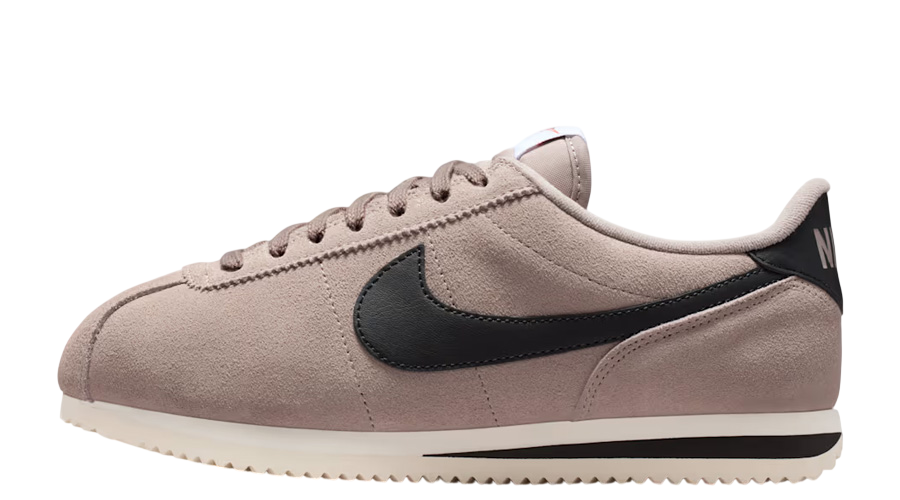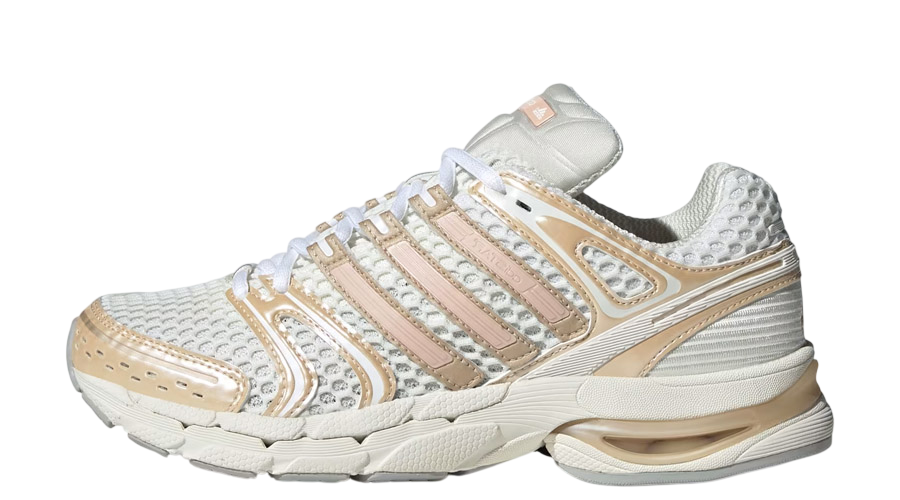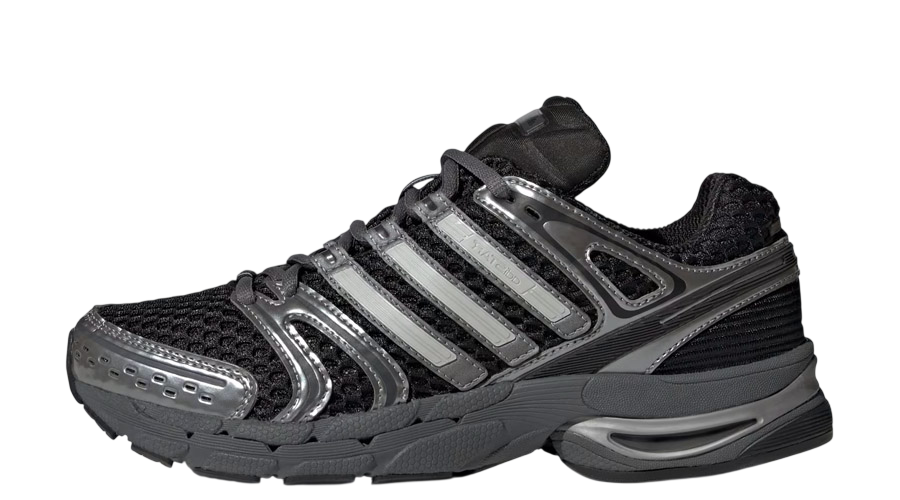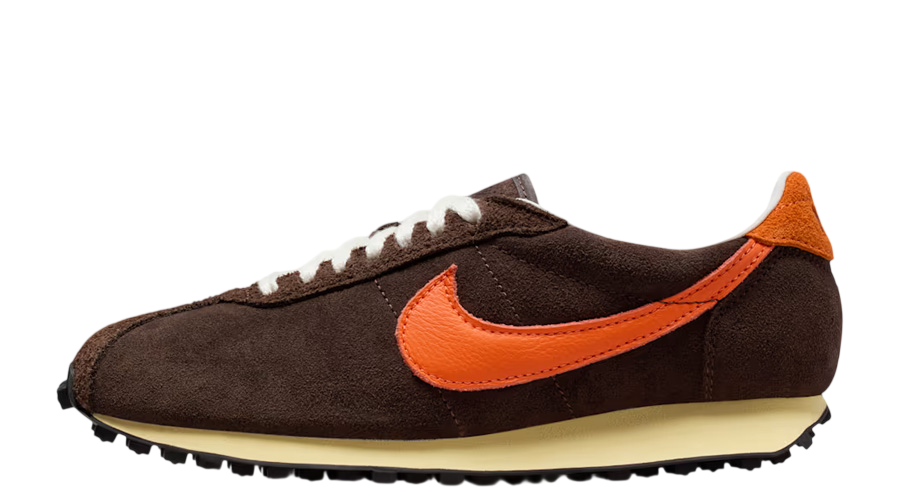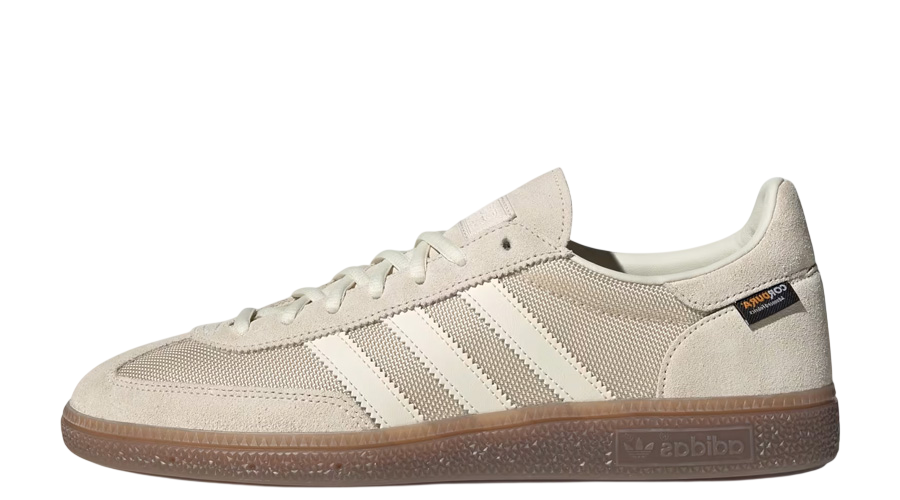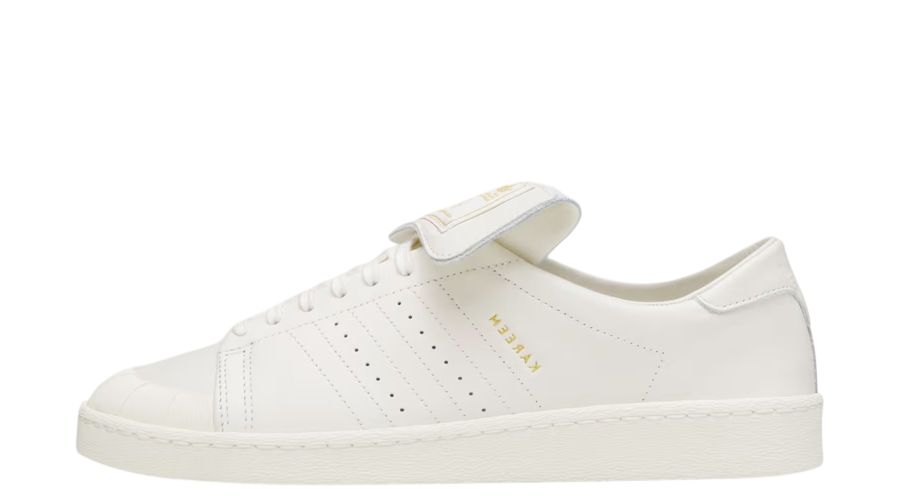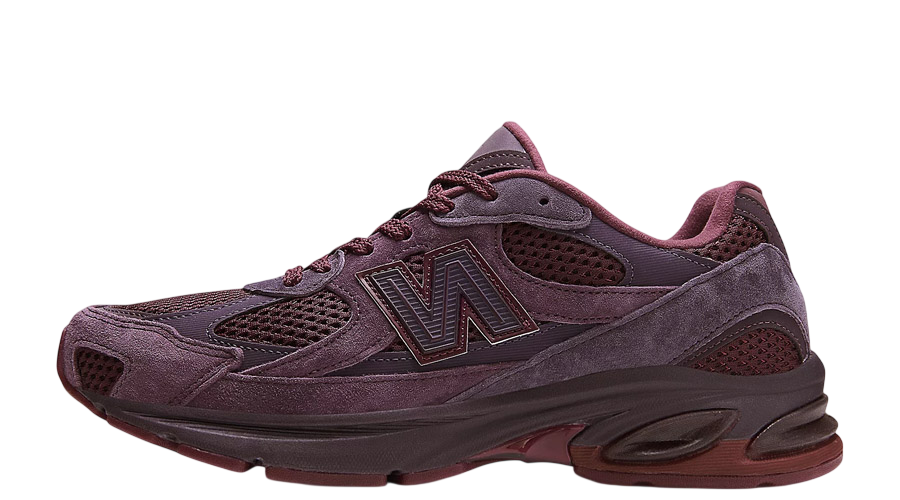How To Tell if Your Nike TN Air Max Plus, Tuned 1 Are Legit or Fake

Whether you’re new to the sneaker game or you’re an OG, navigating through it can be tricky, especially with the rise of counterfeit trainers like the Nike Air Max Plus. A decade a go, it would be easy to tell if your pair was fake. But technology has come so far nowadays that, in some instances, it’s difficult to legit check a pair of TNs.
But we didn’t say it was entirely impossible. So in this comprehensive guide by Captain Creps, we’ll be going through some steps on how to tell if your Nike Air Max Plus is fake, and we’ll also answer a bevy of frequently asked questions to put your mind at east. Let’s get to it!
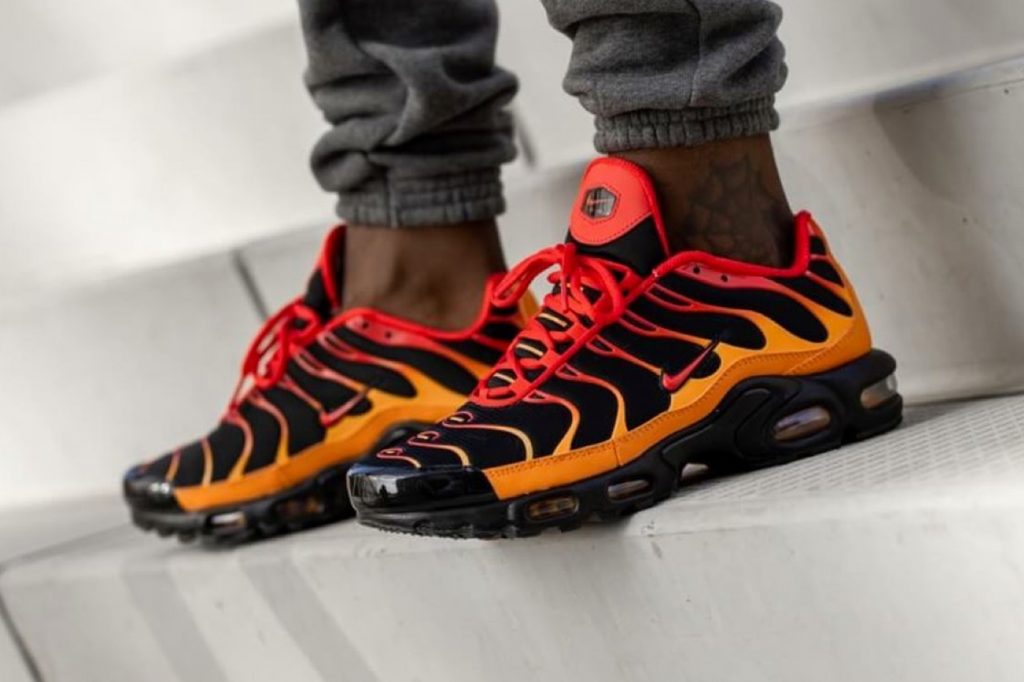
How Can You Tell if Your Nike Air Max Plus is Fake?
If you’ve just purchased a pair of Air Max Plus and you’re feeling a little suspicious about them, there are a few things that you can check to see if they’re authentic. This isn’t an exhaustive list, but it’s a start:
1. The back: Real Air Max Plus have a distinct silhouette and precise stitching around the heel, featuring clear “TN AIR” branding within a hexagonal shape. Counterfeits often miss these details, lacking the sharpness and definition found in genuine pairs.
2. The front: The toebox on real Air Max Plus is neither too bulky nor too flat. Counterfeit models usually get this wrong, with the toebox shape often off.
3. The Swoosh: On genuine pairs, the Swoosh logo is perfectly stitched or fused to the side, with clean, sharp edges. Fakes may show uneven stitching or slightly incorrect colours.
4. The tongue: Real Air Max Plus feature tongue labels with sharp, durable printing. Counterfeits often have irregular stitching around the logo, and the printing may be of lower quality.
5. The stitching: The stitching on the midsole of authentic Air Max Plus is even and tight, indicative of quality craftsmanship, something that fake versions struggle to replicate.
6. The sole: Air Max Plus have distinct tread patterns; authentic soles are made from high-quality rubber with precise tread arrangements.
7. The tag: Inside a real Air Max Plus, the size tag matches the box and the printing is clear. Fake ones usually have tags with unclear text and bad stitching. Also, the product ID numbers on fake shoes are too thick and small.
8. The smell: Authentic Air Max Plus have a distinctive new-shoe smell, lacking the harsh chemical odours typically found in counterfeits.
9. The box: The label on authentic Air Max Plus boxes is error-free, with a style number matching the shoe’s size tag. Inside, the box uses high-quality paper to maintain the shoe’s shape, a detail commonly missed by counterfeiters.
10. The final step: This last step highlights imperfections and factory markings invisible to the naked eye, distinguishing genuine pairs from fakes. Sneaker resellers frequently use UV or blacklight tests to verify the authenticity of the shoe.
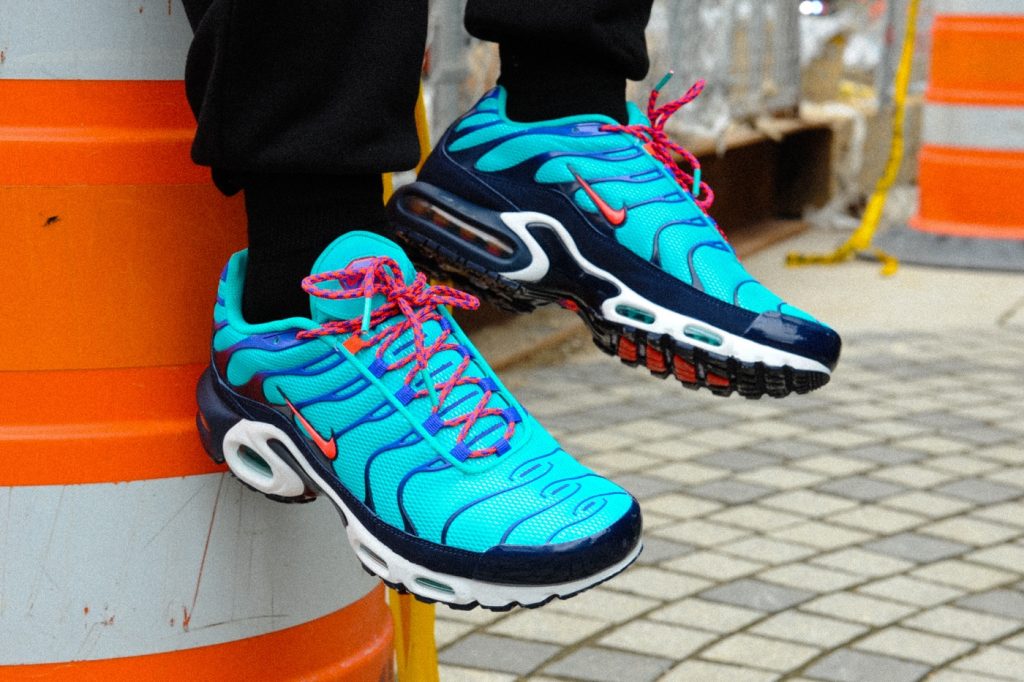
What are Sneaker Legit Checking Apps?
In the digital age, there are several apps out there that have emerged as valuable tools for sneaker enthusiasts who want to verify the authenticity of their purchases. Apps like CheckCheck and Legit App offer a platform where users can submit photos of their trainers for verification by experts.
These services typically charge a small fee but provide peace of mind by confirming whether a pair of Air Max Plus, or any other shoe, is genuine. Utilising such apps is a proactive step towards ensuring your collection remains authentic.
Where is the Best Place to Purchase Authentic Nike?
If you want to secure genuine Air Max Plus sneakers, you need to know where to shop. Always start with official Nike stores and their online website, which guarantee authenticity. Authorised retailers and sports shops are also safe bets.
When looking to purchase online, stick to reputable platforms like StockX and GOAT, which offer authenticity checks for every sneaker sold. These sites might charge a premium, but they eliminate the risk of counterfeits. For those preferring in-person transactions, select established sneaker boutiques with a proven track record.
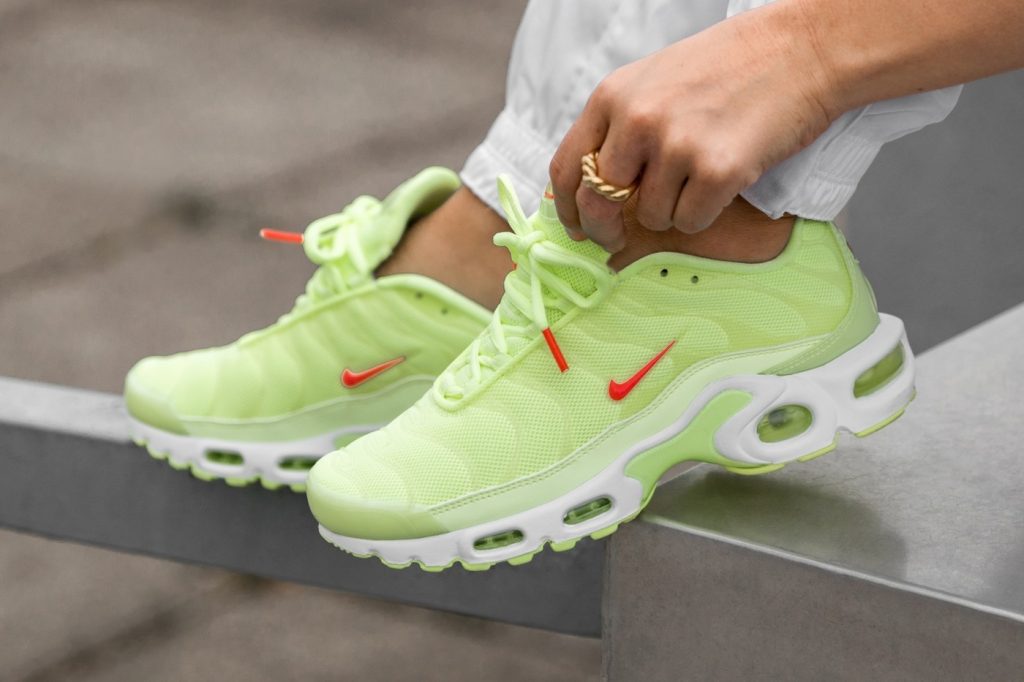
What Should You Do if You Purchase a Fake?
If you end up with a counterfeit pair, start by contacting the seller for a refund. If bought through a protected platform, file a claim detailing the counterfeit issue. Report the seller to the platform and consider leaving a review to inform others.
Utilise payment method protections, like credit card chargebacks or PayPal claims, if applicable. Reporting counterfeit sales to trading standards or consumer protection organisations can also help tackle the broader issue.
The Bottom Line
Ensuring that you’re buying an authentic pair of Nike Air Max Plus boils down to doing your own research. Many people skip this vital step, relying too heavily on the advice of others or quick checks on social media. Instead of asking friends or online acquaintances, take the time to educate yourself. Watch reliable tutorials, examine the sneakers you already own to understand quality indicators, and visit reputable sneaker shops to get a hands-on feel for real vs. fake differences.
In conclusion, while using apps for authenticity checks and following online shopping safety tips are helpful, they should not replace your personal knowledge and research efforts. Learning through your own experiences and study is invaluable. Equip yourself with the knowledge to identify genuine Nike TNs effectively, ensuring you make informed purchases in the sneaker market.
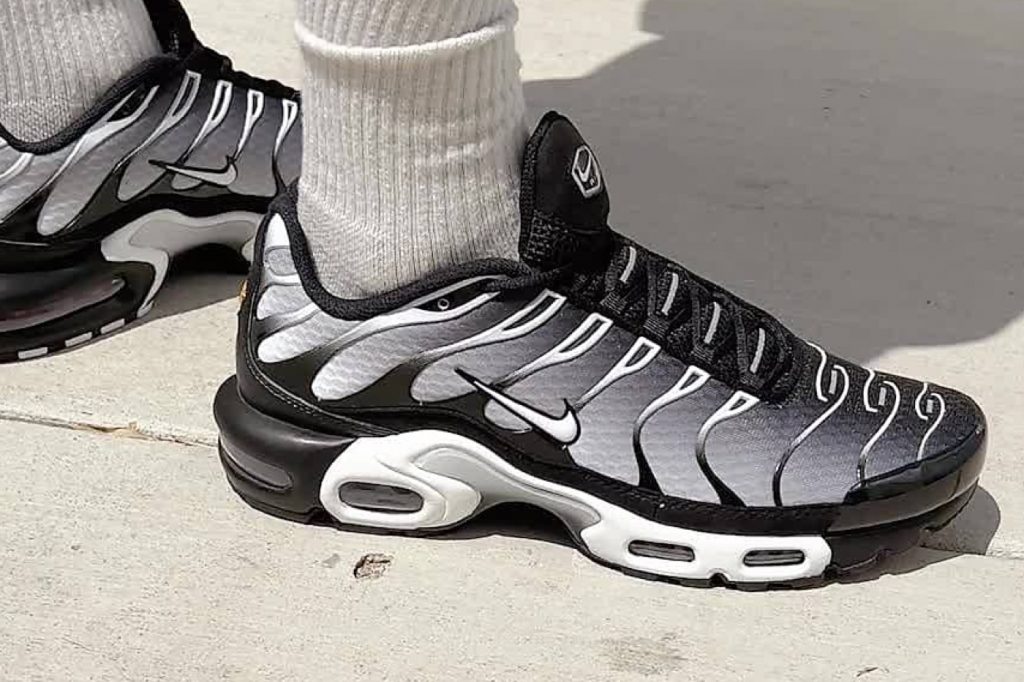
Frequently Asked Questions
What are the most common signs of fake Nike Air Max Plus?
Common signs include poor stitching quality, incorrect branding, off colours, and low-quality materials.
Can I verify the authenticity of Nike Air Max Plus online?
Yes, you can use apps like CheckCheck and Legit App, where experts will assess your sneakers based on photos you submit.
Where is the best place to buy authentic Nike Air Max Plus?
Purchase directly from Nike’s official stores, authorised retailers, and reputable online platforms like StockX and GOAT.
Can fake Nike Air Max Plus look exactly like the real ones?
Counterfeits can come close, but there are usually discrepancies in the details, such as stitching, materials, and branding.
